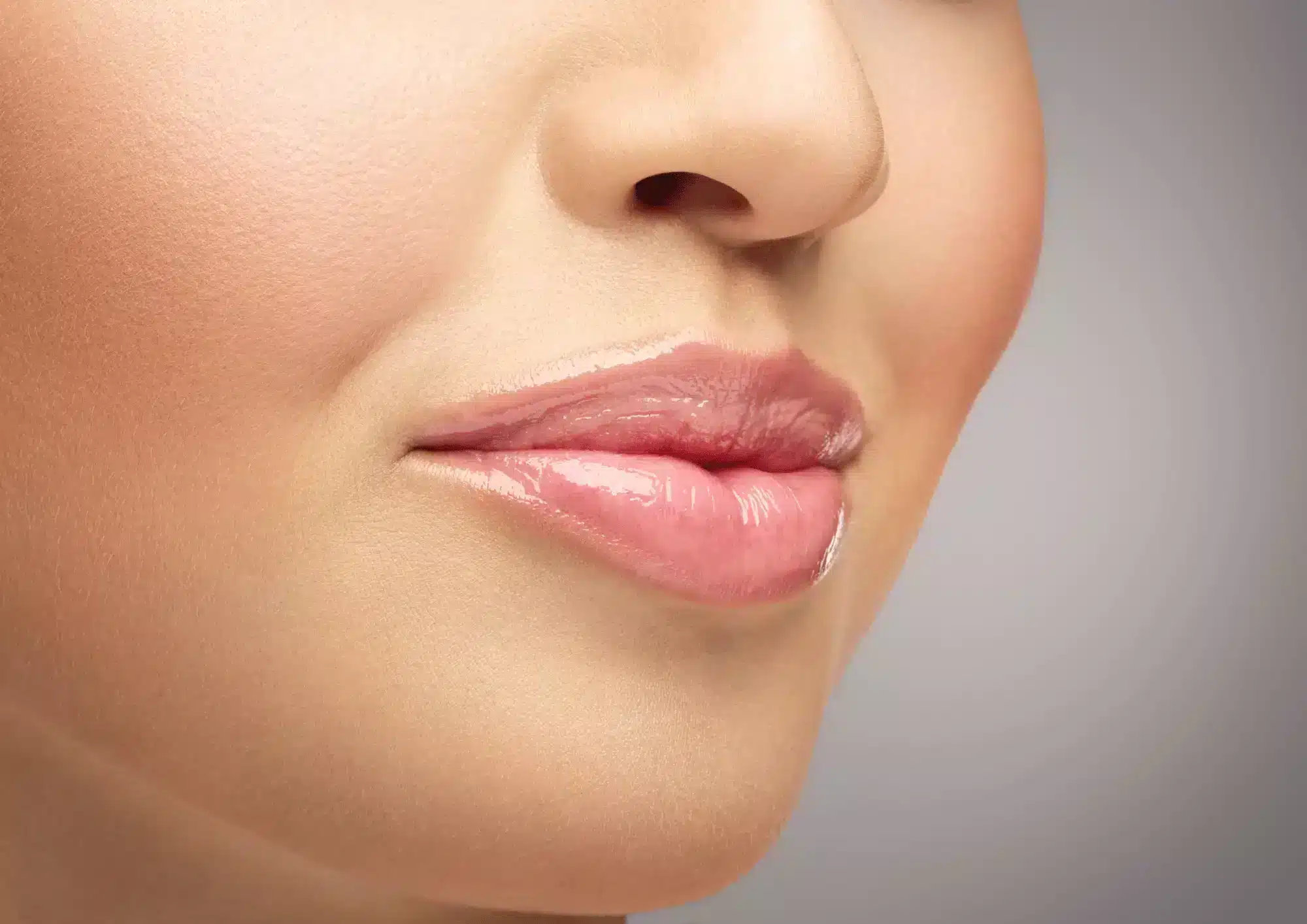Vaginismus is a type of genital pain syndrome closely associated with other conditions like dyspareunia and vestibulitis. Women with this condition suffer uncontrollable spasms in their vagina upon attempted entry of a penis, digit, or any object, which makes sexual intercourse painful or impossible. Symptoms of this condition include stinging or burning with tightness during intercourse; difficulty inserting tampons or undergoing a pelvic/gynecological exam; ongoing sexual discomfort or pain following childbirth, menopause, disease (yeast/urinary infections, STDs), surgery (e.g. hysterectomy, cancer); idiopathic ongoing sexual pain; spasms in other body muscle groups (legs, lower back, etc.); halted breathing during attempts at intercourse; and sex avoidance. These spasms originate from the muscles of the pelvic floor and the perineum that surround the outer third of the vagina.Vaginismus is primarily a condition caused by psychosomatic factors. Women can have primary (in which the woman is unable to have vaginal penetration or sexual intercourse without pain) or secondary vaginismus (in which a woman who was previously able to achieve penetration develops this condition). Treating this condition has always been oriented towards eliminating involuntary vaginal spasms. This can be achieved through physical therapy, such as the use of Kegel exercises to familiarize the patient with voluntary control of the vaginal muscles, or through medications like numbing creams, lubricants, or anti-anxiety drugs. However, not all patients respond to these conventional therapies, with approximately 10% of women with refractory vaginismus still in need of alternate therapies.
Efficacy of Botox for vaginismus
Existing research and studies in this matter have found Botox to be an effective treatment in improving vaginismus. In 1997, a case study in the Lancet reported the effective treatment of vaginismus in a 29-year-old woman using Botox. The woman was previously unresponsive to conventional therapies, but with Botox injections into her vaginal wall muscles, her symptoms had resolved within a week of treatment. These promising findings were further supported by the results of two clinical studies conducted in 2000 and 2004, respectively, that found near-complete responses to botulinum toxin treatment in women with severe vaginismus who had not responded to standard therapy. Subsequently, other researchers found botulinum toxin therapy to be effective in treating patients who had vaginismus secondary to vulvar vestibular syndrome, with all treated patients noting an improvement in their symptoms. In most cases, results have been long-lasting, with many patients reporting relief for a period of six months and, in some cases, beyond one year.
Protocol for treating vaginismus with Botox
In the relevant literature, multiple methods have been described for the administration of Botox for treating vaginismus. Generally speaking, the medication should be injected into the muscle involved in the spasms. As women with this condition may inadvertently prevent the administration of Botox through their muscle spasms, they may need to be sedated prior to treatment. However, sedation must be light so that there is still some visible muscular contraction in order for the practitioner to precisely locate and inject the muscles involved.
For the treatment of refractory vaginismus, Botox is typically injected into the levator ani (puborectalis muscle) using a 23-gauge needle. Alternatively, the administration of Botox can be done under electromyographic (EMG) guidance using a monopolar needle.
Another method of injection into the bulbospongiosus muscle was utilized by Shafik et al. In this method, the patient was first administered with an analgesic. While the patient lied down with both hips and knees flexed, the practitioner then grasped the labium majus between the left index finger and thumb, and the bulbospongiosus was located by palpitation. 25 units of Botox that were diluted in 1ml of normal saline was injected using a 23-gauge needle into multiple sites in each of the two muscles. After a 30-minute observation period, the patient was allowed to return home.
Patients who should be excluded from treatment
Not all women with vaginismus are eligible for Botox treatment. Women who are allergic to albumin, botulinum toxin, or to any other component of the medication should not receive Botox treatment. In addition, if the patient has an ongoing infection at the proposed treatment site, treatment should be delayed until the infection has been resolved. Women with diseases of neuromuscular transmission or coagulopathy should also be excluded from treatment.
Conclusion
Vaginismus is a condition that prevents the afflicted from leading fulfilling sex lives. This condition is often quite distressing to the patient and her partner and can be a source of frustration and anxiety. While therapies like pelvic floor exercises, gradual vaginal dilatation, and behavioral therapy or psychotherapy are highly effective in helping improve vaginismus for many women, woman who do not respond to these therapies may find Botox injections beneficial in treating their condition.








